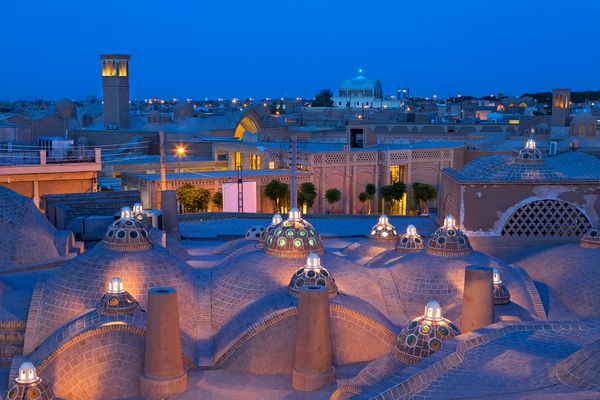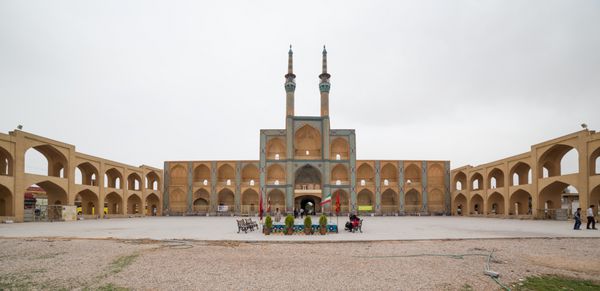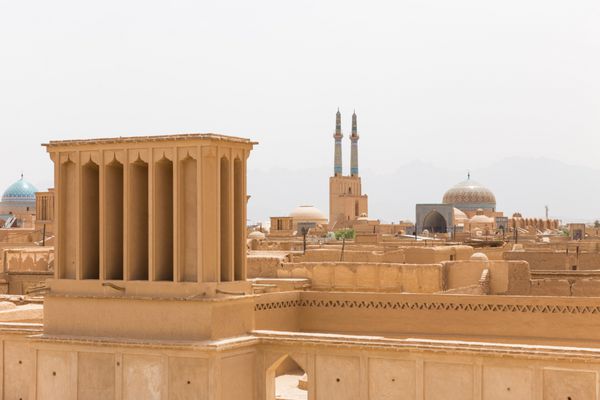Kashan: Where History, Desert, and Culture Converge
Nestled in the heart of Iran, Kashan is a city that embodies the country's rich history, architectural splendor, and desert landscapes. With a heritage dating back thousands of years, it offers a unique blend of tradition, commerce, and natural beauty. Let's explore the essence of Kashan:
Geographical Location:
Kashan is strategically located in the northern part of Isfahan province, cradled among the Karkas Mountains in the Natanz region, with the vast expanse of the Kavir Desert to the north and west.
The city experiences a warm and arid climate, characteristic of desert regions.

Administrative Divisions:
Kashan is divided into four districts: Markazi, Ghamsar, Barzak, and Niasar.
Its territory comprises seven cities and nine rural districts, reflecting its expansive and diverse landscape.
Historical and Cultural Significance:
Kashan is steeped in history and is known by various nicknames, including "Dar al-momenin" (City of Believers), "the city of scorpions," and "the gate of the desert."
The city boasts magnificent historical sites, with the Fin Garden standing as a testament to Persian garden design and architecture.
Strategic Hub:
Kashan holds a pivotal position in Iran's transportation network, serving as a major crossroads for roads connecting the eastern, northern, western, southern, and southeastern regions of the country.
Industrial Center:
The city is an industrial hub, with a notable focus on machine carpet weaving. It is also home to various industries such as porcelain, melamine, spinning, and industrial tools.

Textile Heritage:
Kashan has a rich heritage in textile production, including the art of velvet weaving, brocade craftsmanship, and silk weaving.
In 2023, Kashan earned recognition as a world city of traditional textiles, preserving and promoting its cultural legacy.
Economic Activities:
Kashan's economic activities span diverse sectors, including the production of rosewater, handmade carpets, and a thriving tourism industry. Agriculture also plays a significant role in the local economy.
Cultural and Linguistic Identity:
The residents of Kashan speak Farsi, but they do so with a distinctive Kashani dialect, adding to the city's cultural richness.
The majority of the population follows the Asna Ashari Shia' branch of Islam, contributing to the city's cultural and religious diversity.
In summary, Kashan is a city where the past intertwines with the present, where ancient architecture coexists with modern industry, and where desert landscapes frame a rich cultural tapestry. Whether you're captivated by the historical treasures of the Fin Garden, the bustling bazaars, or the allure of the desert, Kashan offers a unique and unforgettable journey through the heart of Iran's cultural and economic heritage.


